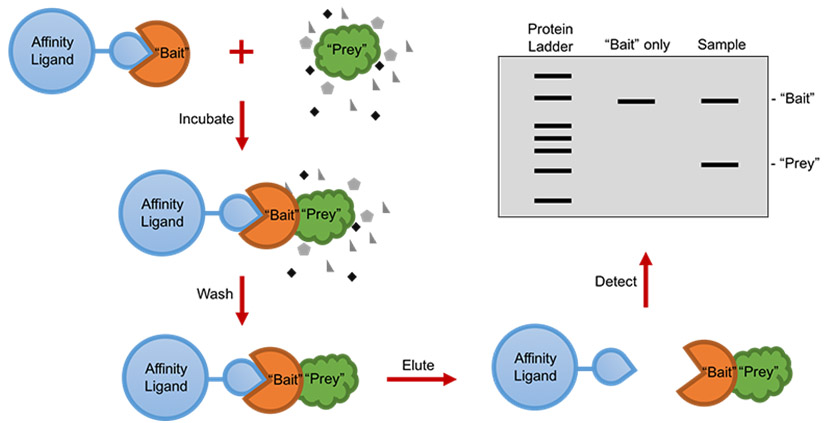400-998-5282
专注多肽 服务科研
400-998-5282
专注多肽 服务科研

Definition
Bombesin is a polypeptide that is found in the brain and gastrointestinal tract. Experimentally it has shown to cause the secretion of various substances (as gastrin and cholecystokinin) and to inhibit intestinal motility.
Discovery
Bombesin was isolated from the skin of the frog Bombina bonmina by Anastasi and team in 19711.
Classification
Bombesin-like peptides are grouped into three families - 1) Bombesin group, viz., bombesin and alytesin, 2) Ranatensin group viz., ranatensins, litorin, and Rohdei litorin, 3) Phyllolitorin group viz., Leu(8)- and Phe(8)-phyllolitorins.
Structural characteristics
Bombesin is a small peptide of 14 amino acids.
Mode of action
The biological activity of bombesin is mediated by binding to specific receptors viz., gastrin releasing peptide receptor (GRPR; called also BB2 receptor), neuromedin B receptor (NMBR; called also BB1 receptor) and bombesin receptor subtype 3 (BRS-3; called also BB3 receptor). Bombesin induce Ca2+ release from intracellular stores2.
Functions
Bombesin and bombesin-like factors show a wide spectrum of biological activities. It regulates the contraction of smooth muscle cells, induction of the secretion of neuropeptides and hormones. It is one of the most powerful substances showing anorexic effects in the hypothalamus. It induces the release of gastrin and cholecystokinin in the intestines and the pancreas. They also posses activities of cytokines.
References
1. Anastasi A, Erspamer V, Bucci M (1971). Isolation and structure of bombesin and alytesin, 2 analogous active peptides from the skin of the European amphibians Bombina and Alytes. Experientia., 27(2):166-167.
2. Wang JL, Kalyanaraman S, Vivo MD, Gautam N (1996). Bombesin and thrombin affect discrete pools of intracellular calcium through different G-proteins. Biochem J., 320:87-91.

生物素可以与亲和素或者链霉亲和素有力结合,结合强度甚至接近共价键。生物素标记的肽通常用于免疫测定,组织细胞化学和基于荧光的流式细胞术。标记的抗生物素抗体也可以用来结合生物素化多肽。生物素标记常连接在赖氨酸侧链或者N末端。通常在多肽和生物素之间使用6-氨基己酸作为纽带,纽带能够灵活结合底物,并且在有空间位阻的情况下能结合地更好。专肽生物根据需求,向客户提供具有不同位点生物素标记多肽的定制合成。

专肽生物合成用于蛋白质-蛋白质相互作用研究的生物素化肽。尽管生物素可以在 N 端或 C 端引入(通过赖氨酸残基),但我们建议使用 N 端修饰,因为它成本低、成功率高、周转时间短且易于操作。因为多肽合成是从 C 端到 N 端合成的,因此,N 端修饰是 SPPS步骤的最后一步,不需要额外的特定缩合步骤。相比之下,C 端修饰需要额外的步骤,并且通常更复杂。当然,原则上生物素可以定位在任何地方。

生物素可以通过多种不同的接头或间隔物与肽分离。尽管如此,还是建议包含一个灵活的间隔物,例如 Ahx(一个 6 碳接头),以使生物素标签更加稳定或灵活。
专肽生物在 N 端或 C 端提供生物素化:生物素-N 端、赖氨酸-生物素-肽中间和赖氨酸-生物素-C 端。
专肽生物还可以使用 Ahx 接头或长碳 (LC) 接头提供生物素化:生物素-Ahx-N 末端、Lys-Ahx-生物素-肽中间、Lys-Ahx-生物素-C-末端。

(生物素结构)
示例:
GRGDS在N端和C端标记生物素的结构展示。
1、GRGDS在N端标记生物素,不增加Ahx 接头

2、GRGDS在N端标记生物素,增加一个Ahx 接头

3、GRGDS在C端标记生物素,不增加Ahx 接头

4、GRGDS在C端标记生物素,增加一个Ahx 接头。

Shan L. et al. Am. J. Physiol. Lung. Cell. Mol. Physiol. 286, L165 (2004);
Joslin, G. et al. Biol. Chem. 266, 21897 (1991); Gollan, T. et al. Virol. 76, 3564 (2002).





